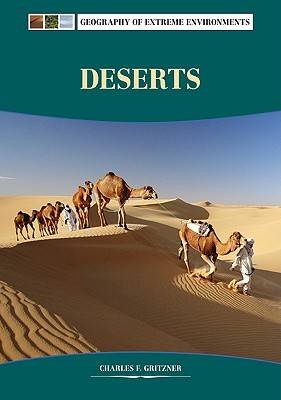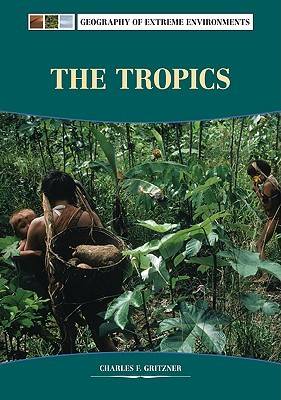Extreme Environments
2 total works
This volume introduces students to a waterless world encompassing some of the most barren and least populated places on Earth. Students will discover how deserts, covering about one-fifth of Earth's surface, compel adaptation by nature and culture alike. Where adequate fresh water is available, humans have prospered for thousands of years. And ancient desert cultures in Egypt, Mesopotamia, the Indus Valley, and coastal Peru were among the earliest cradles of civilization. This colorful book also highlights the contrast between empty, arid lands and densely populated desert areas, such as the U.S. Southwest, one of the most prosperous and fastest-growing regions in the country.
This volume introduces students to the humid tropics, a lush region defined by climate and conditions of temperature and moisture. Insightful text tells how, under natural conditions, the tropical world supports a rich rainforest ecosystem, while tropical areas with poor soils generally support an economy based on low-yield, shifting cultivation. Students will learn about intriguing high civilizations of antiquity, and about the Europeans who later colonized most of these environs. The Tropics explains that although the region suffers from political instability and poverty, its problems are not insurmountable--the tropics can prosper if stability and economic development can be achieved.

